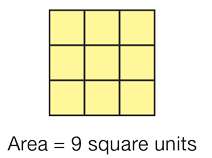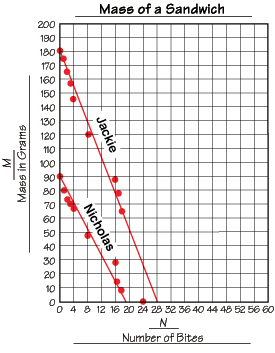Students investigate the absorbency of paper towels by placing drops of water on paper towels to explore the relationship between the area of spots relative to the number of drops of water. Students write a ratio and use the relationship to make predictions and solve problems, communicating their problem solving strategies orally and in writing.
Content in this Lesson
- Identifying the manipulated, responding, and fixed variables in an investigation.
- Representing the variables and procedures in an investigation [E11].
- Estimating the area of a shape with curved sides [E9].
- Making predictions and generalizations using data tables, graphs, and averages [E14].
- Making a point graph and drawing a best-fit line [E12].
- Finding the mean and median of a data set [E13].
- Using ratios to solve problems [E8].
- Identifying the important information in a problem to know what questions to answer [MPE1].
- Choosing appropriate strategies to solve extended response problems [MPE2].
- Communicating problem solving strategies so others understand your thinking [MPE5].
- Using labels to show what numbers mean [MPE6].
Daily Practice and Problems W–DD
Assessment in this Lesson
| Assessment | Expectation Assessed | Math Practices Expectation Assessed |
|---|---|---|
|
Spreading Out |
|
|
|
How Many Drops |
|
|
|
DPP Item CC |
|















